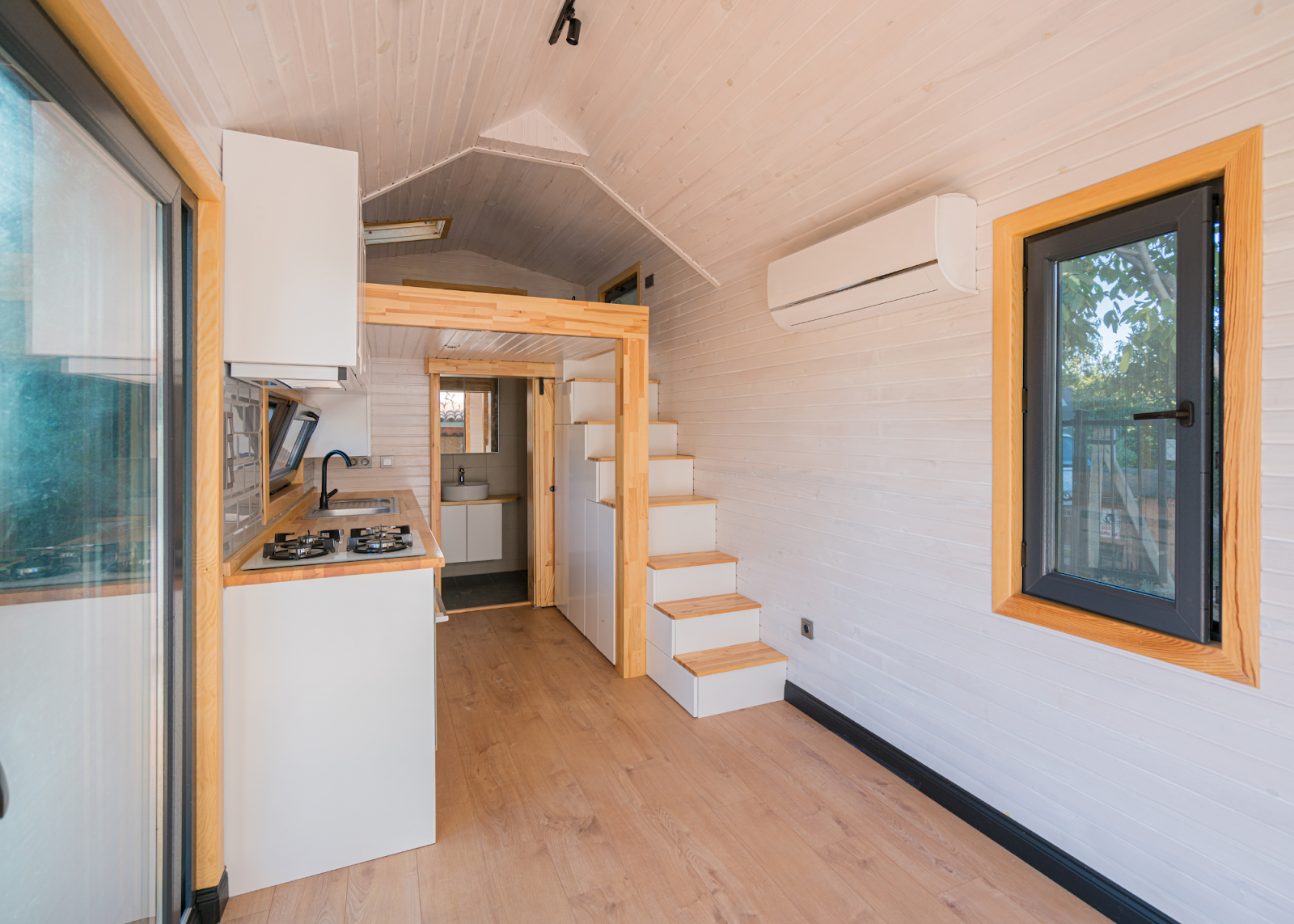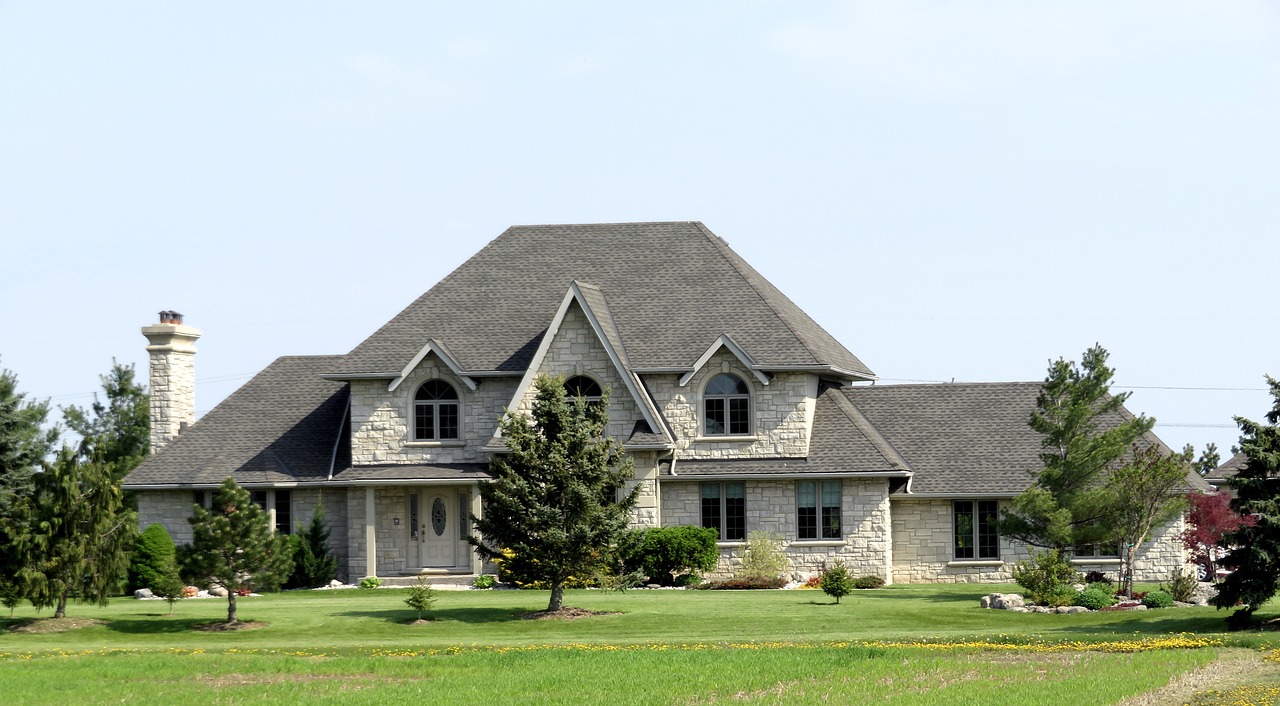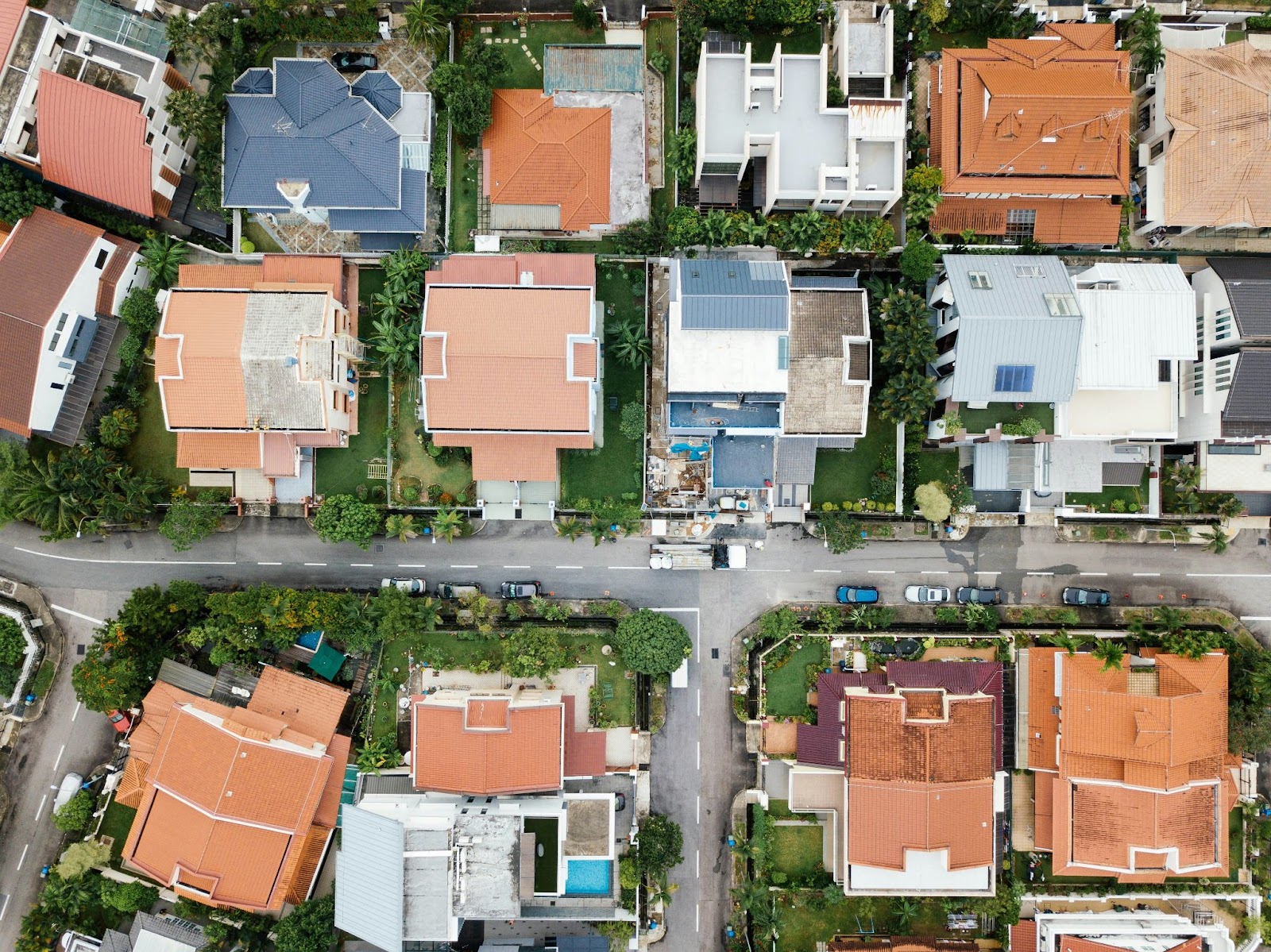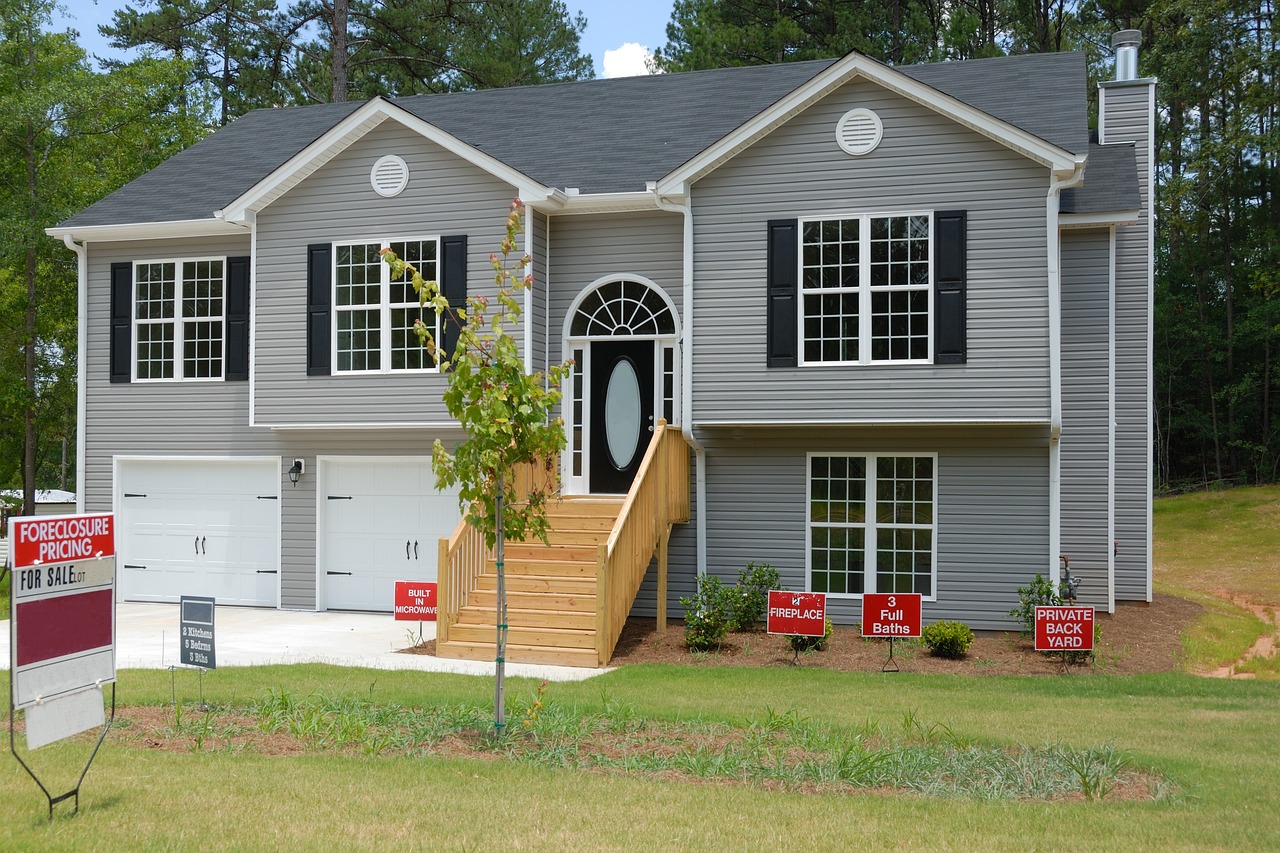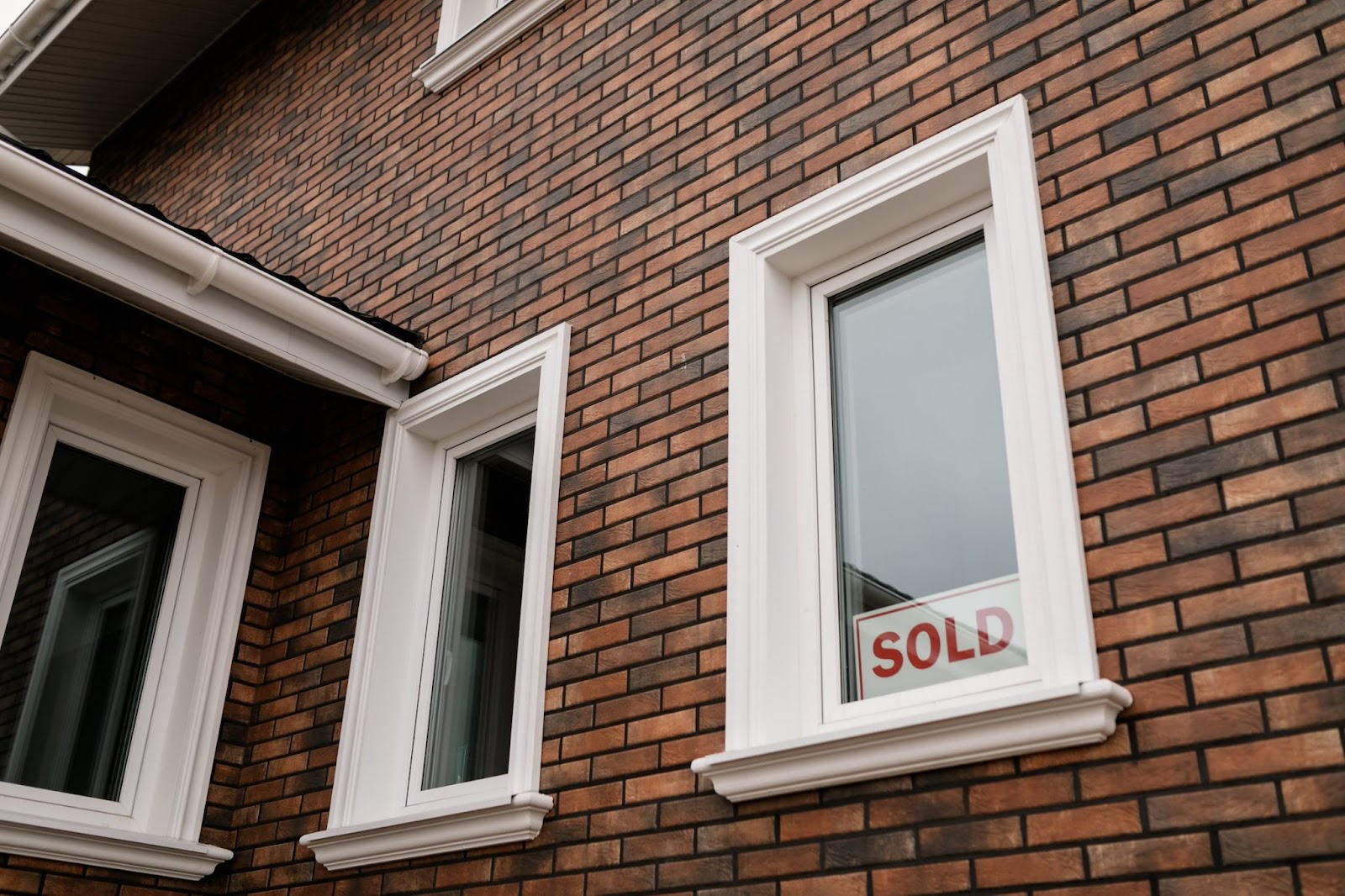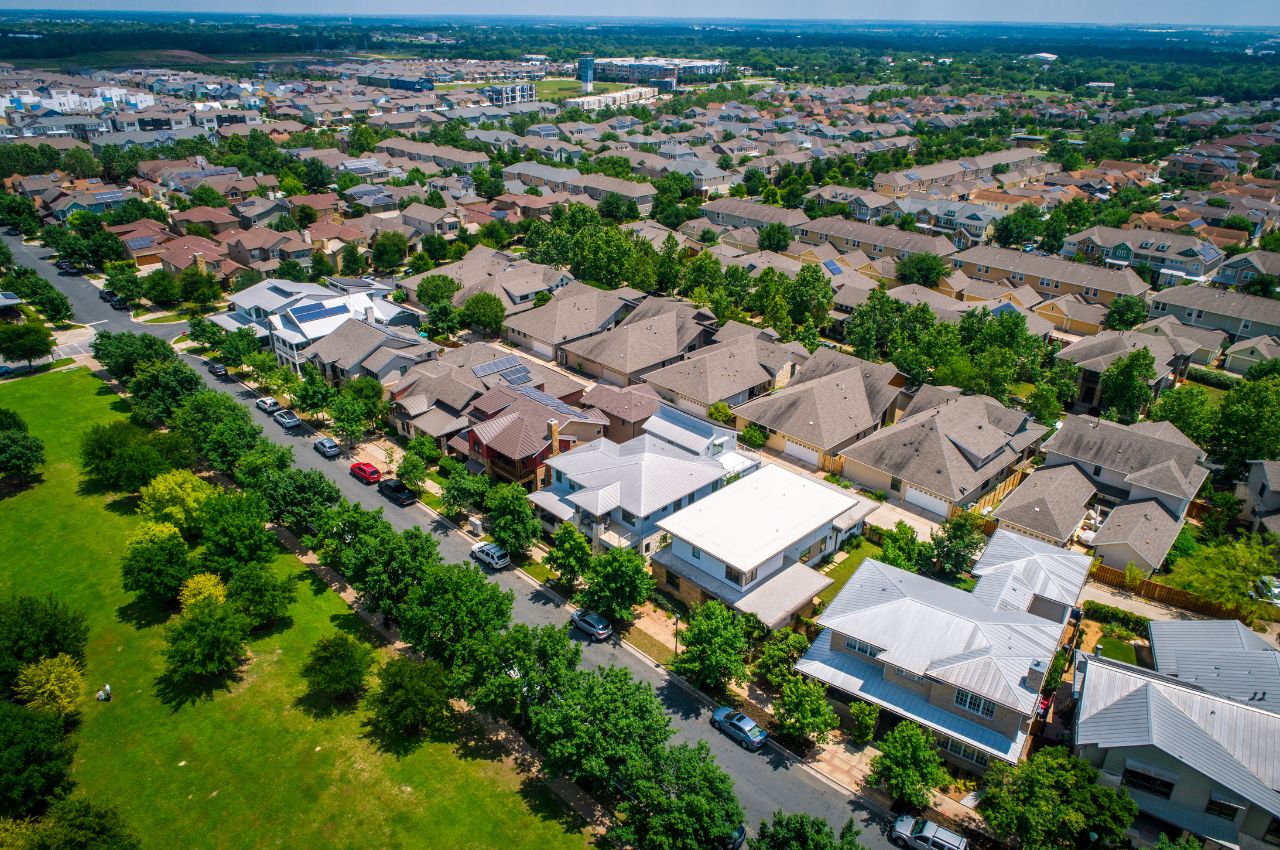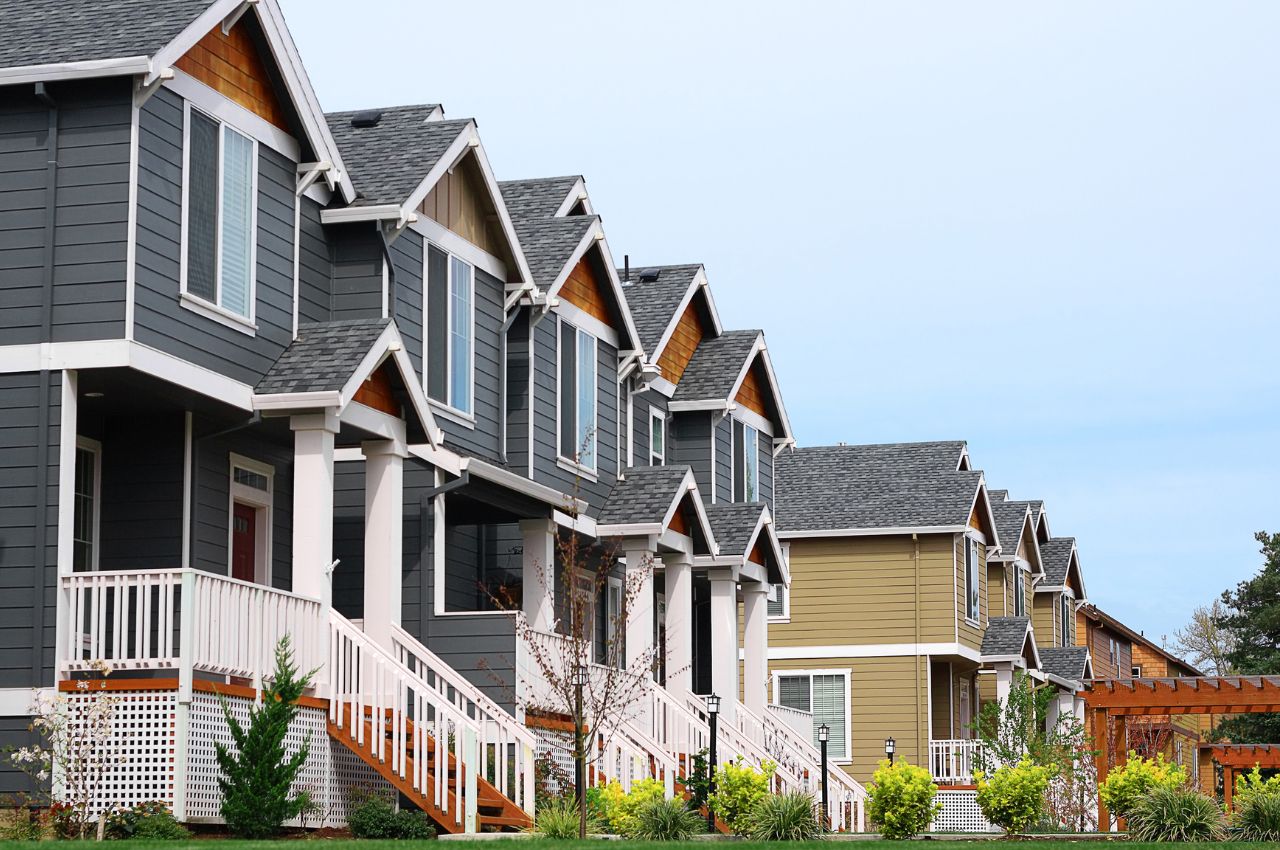Forecast for 2024: Real Estate Revival
The 2024 real estate landscape is set for a transformative shift, with economists predicting a revival spurred by easing borrowing costs. This change promises to breathe new life into the market, drawing in a wave of potential homeowners. The anticipation of this shift brings a palpable sense of optimism to a sector that has weathered significant challenges in recent years.
2023 stands out as a particularly challenging year. The National Association of REALTORS® (NAR) reports a steep 18% decline in existing home sales compared to 2022, marking the lowest point in over a decade. Despite this downturn, the forecast for 2024 signals a notable turnaround.
Central to the anticipated resurgence is the decline in mortgage rates. Having peaked at nearly 8%, these rates now show a downward trend. Experts project the average rate for a 30-year fixed-rate mortgage to stabilize around 6.3% to 6.5% in 2024. This drop in borrowing costs is expected to significantly enhance housing affordability, attracting a broader pool of buyers. NAR’s data indicates that rates near 6.6% would allow the average American family to afford a median-priced home without spending more than 30% of their income on housing, a benchmark for affordability.
The recovery in the housing market is likely to be uneven across different regions. NAR’s analysis of 100 of the largest U.S. metro areas predicts that specific regions, such as Austin, Dallas, Dayton, Durham, and others, will experience a more substantial increase in housing demand. These predictions are based on factors like job growth and economic stability, two key drivers of real estate activity.
However, the path to recovery is not without its uncertainties, with inflation posing a significant challenge. Danielle Hale, chief economist at realtor.com®, highlights that if inflation does not continue to improve, it could lead to higher long-term interest rates. This would have a cascading effect, potentially deterring homeowners from selling and exacerbating the inventory bottlenecks in the market. Moreover, it could prolong the affordability crisis for younger generations, keeping them in the rental market.
With that said, the 2024 housing market presents a complex landscape. NAR forecasts a 13.5% increase in existing home sales and a 19% rise in new home sales. This positive trend, however, is tempered by challenges, especially for first-time buyers who face hurdles like low inventory and hesitant sellers. “Homeowners remain reluctant to sell and give up the low mortgage rates they locked in two years ago,” NAR researchers concluded. “Further, homebuilders have underproduced for decades, leading to a shortage of 5 million housing units nationwide.”
Concurrently, present homeowners are likely to benefit from the continued appreciation of their properties. “Even those in markets that are expecting slight dips next year will be able to weather the drop. Home price appreciation has jumped by about 5% over the past year alone,” NAR researchers conclude. “The typical homeowner has accumulated more than $100,000 in housing wealth over the past three years.”
Challenges and Opportunities in 2024 Housing Market
The anticipated easing of borrowing costs in 2024 is expected to attract more buyers and inject vitality into the sector. However, the market’s adaptation to factors like regional dynamics and inflation will be critical in shaping its future. This period of transformation presents opportunities and challenges, reflecting the dynamic and ever-evolving nature of the housing landscape.











































































































































































































